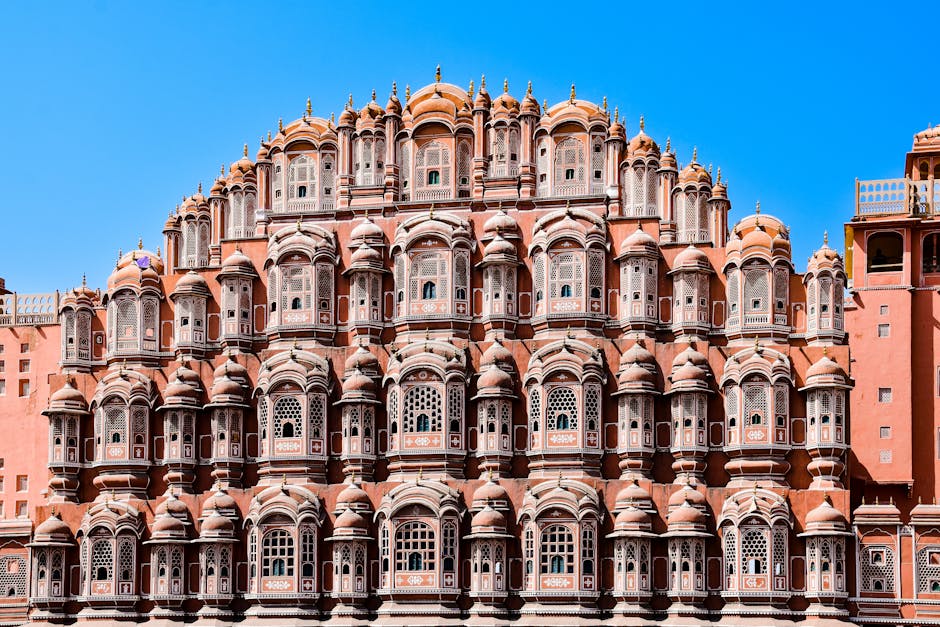
Evolution of Art Mediums
The art world has witnessed a remarkable evolution of mediums over the centuries. From the earliest cave paintings to contemporary digital masterpieces, each era has brought forth new materials and techniques for creative expression.
Keyword and Text That Can Generate Useful Content
In ancient times, artists primarily relied on natural elements such as pigments from minerals and plants, and materials like rock surfaces, wood, and ivory. These mediums laid the foundation for artistic endeavors and reflected the cultural, social, and philosophical concepts of their respective societies.
With the passage of time, new materials emerged, allowing artists to explore different dimensions of creativity. The rise of oil painting in the Renaissance era revolutionized the art world, enabling artists to achieve vibrant colors, subtle tonal variations, and intricate details. This development not only transformed the way art was produced but also influenced the types of subjects artists chose to depict.
During the late 19th and early 20th centuries, the advent of photography, film, and printing technologies exerted a profound impact on art mediums. Artists began experimenting with new forms of expression, challenging traditional boundaries and embracing innovative techniques.
Contemporary art mediums encompass a wide range of traditional and unconventional materials. Artists now have the freedom to incorporate various elements, such as found objects, video installations, performance art, and even virtual reality, blurring the lines between different mediums and creating immersive experiences for viewers.
The evolution of art mediums continues to unfold, spurred by advancements in technology and the ever-evolving creative vision of artists. Today, digital art, computer-generated graphics, and virtual reality are becoming increasingly prevalent, opening up endless possibilities for artistic expression and challenging our notions of what constitutes an art medium.
